Description
Duct Probing
Familiarity with Treatment: Duct probing is a procedure used to treat nasolacrimal duct obstruction (blocked tear ducts). This condition prevents tears from draining properly, leading to watery eyes and increased risk of infections. The procedure is commonly performed on infants but can also be done on adults.
Procedure:
- Preparation: The patient, usually an infant, is given general anesthesia to ensure they are asleep and pain-free during the procedure.
- Surgery: A thin, blunt probe is inserted through the tear duct opening (punctum) in the eyelid and gently pushed through the nasolacrimal duct to clear the blockage. Sometimes, irrigation with a saline solution is used to ensure the duct is fully open.
- Duration: The procedure typically takes about 10 to 20 minutes.
Who is it Suitable For?
- Infants with congenital nasolacrimal duct obstruction that has not resolved by 9 to 12 months of age.
- Adults with acquired nasolacrimal duct obstruction due to infection, injury, or inflammation.
Who is it Not Suitable For?
- Patients with severe infections that require more extensive surgical intervention.
- Individuals with anatomical abnormalities that cannot be corrected with probing alone.
Advantages:
- High success rate, especially in infants, with over 90% resolution of symptoms.
- Minimally invasive with a short recovery time.
- Can prevent recurrent eye infections and chronic tearing.
Complications:
- Minor bleeding or discomfort at the site of probing.
- Risk of infection, although rare.
- Possible need for repeat procedures if the blockage recurs.
Previous Care:
- Ensure the patient is healthy and free from any active infections before the procedure.
- Follow any specific instructions provided by the healthcare provider, such as fasting if required.
Aftercare:
- Regular follow-up appointments to monitor the success of the procedure.
- Proper eye hygiene to prevent infection.
- Use of prescribed eye drops or ointments as directed by the doctor.
Stay at Hospital?
- Duct probing is typically an outpatient procedure, so an overnight stay is usually not required.

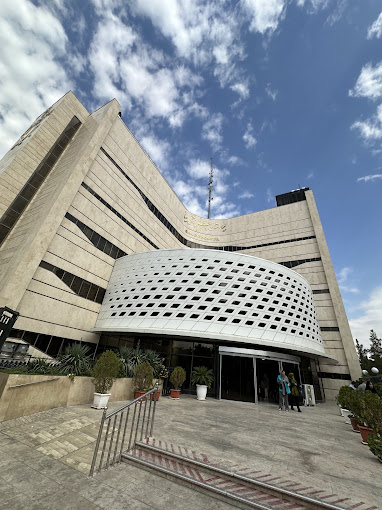

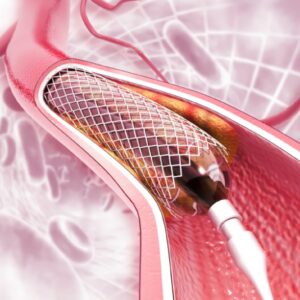
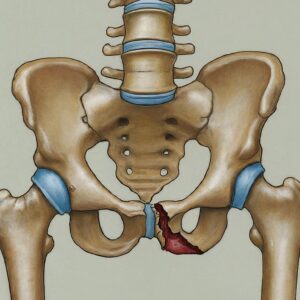
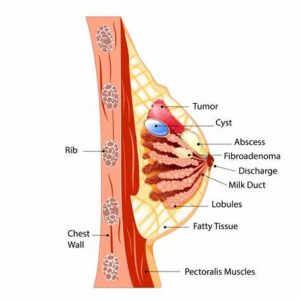
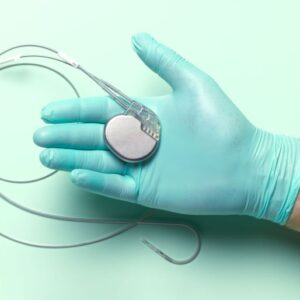
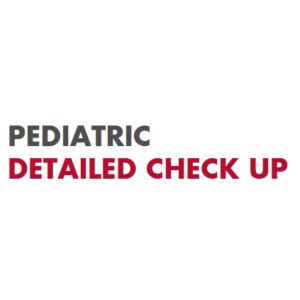
Reviews
There are no reviews yet.